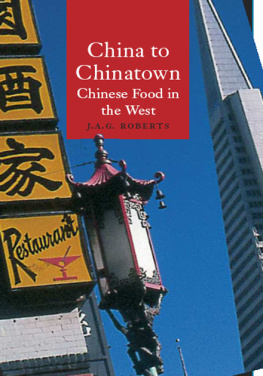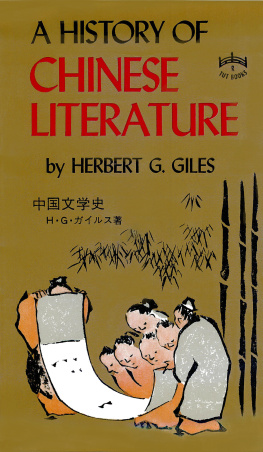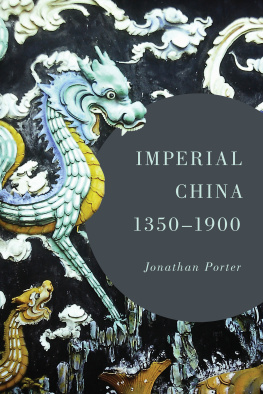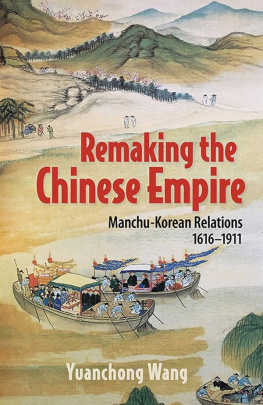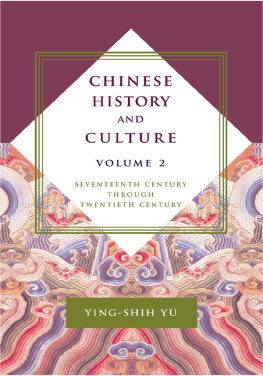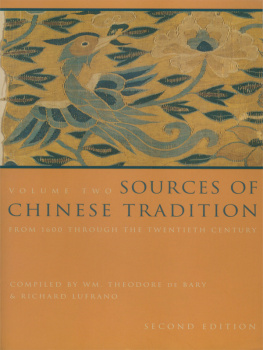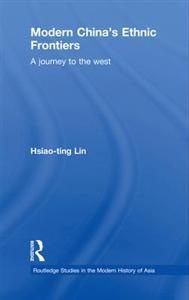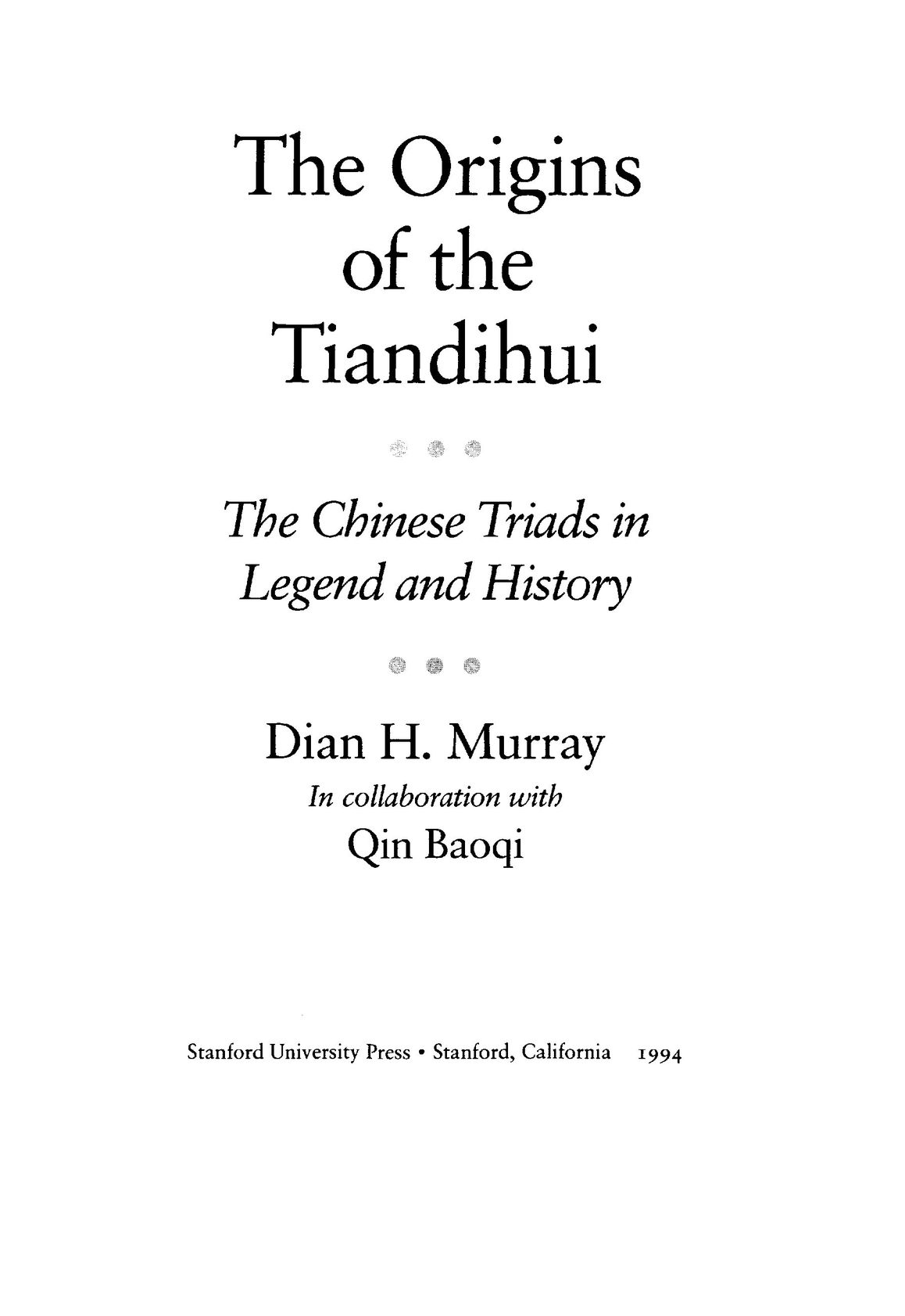Dian Murray - The Origins of the Tiandihui: The Chinese Triads in Legend and History
Here you can read online Dian Murray - The Origins of the Tiandihui: The Chinese Triads in Legend and History full text of the book (entire story) in english for free. Download pdf and epub, get meaning, cover and reviews about this ebook. year: 1994, publisher: Stanford University Press, genre: Detective and thriller. Description of the work, (preface) as well as reviews are available. Best literature library LitArk.com created for fans of good reading and offers a wide selection of genres:
Romance novel
Science fiction
Adventure
Detective
Science
History
Home and family
Prose
Art
Politics
Computer
Non-fiction
Religion
Business
Children
Humor
Choose a favorite category and find really read worthwhile books. Enjoy immersion in the world of imagination, feel the emotions of the characters or learn something new for yourself, make an fascinating discovery.
- Book:The Origins of the Tiandihui: The Chinese Triads in Legend and History
- Author:
- Publisher:Stanford University Press
- Genre:
- Year:1994
- Rating:3 / 5
- Favourites:Add to favourites
- Your mark:
The Origins of the Tiandihui: The Chinese Triads in Legend and History: summary, description and annotation
We offer to read an annotation, description, summary or preface (depends on what the author of the book "The Origins of the Tiandihui: The Chinese Triads in Legend and History" wrote himself). If you haven't found the necessary information about the book — write in the comments, we will try to find it.
Some were organized for clandestine, criminal, or even seditious purposes by people alienated from or at the margins of society. Others were organized for mutual protection or the administration of local activities by law-abiding members of a given community.
The common perception in the twentieth century, both in China and in the West, was that the Tiandihui was founded by Chinese patriots in the seventeenth century for the purpose of overthrowing the Qing (Manchu) dynasty and restoring the Ming (Chinese). This view was put forward by Sun Yat-sen and other revolutionaries who claimed that, like the anti-Manchu founders of the Tiandihui, their goal was to strip the Manchus of their throne.
The Chinese Nationalists (Guomindang) today claim the Tiandihui as part of their heritage.
This book relates a very different history of the origins of the Tiandihui. Using Qing dynasty archives that were made available in both Beijing and Taipei during the last decades, the author shows that the Tiandihui was founded not as a political movement but as a mutual aid brotherhood in 1761, a century after the date given by traditional historiography.
She contends that histories depicting Ming loyalism as the raison detre of the Tiandihui are based on internally generated sources and, in part, on the Xi Lu Legend, a creation myth that tells of monks from the Shaolin Monastery aiding the emperor in fighting the Xi Lu barbarians.
Because of its importance to the theories of Ming loyalist scholars and its impact on Tiandihui historiography as a whole, the author thoroughly investigates the legend, revealing it to be the product of later - not founding - generations of Tiandihui members and a tale with an evolution of its own. The seven extant versions of the legend itself appear in English translation as an appendix.
This book thus accomplishes three things: it reviews and analyzes the extensive Tiandihui literature; it makes available to Western scholars information from archival materials heretofore seen only by a few Chinese specialists; and it firmly establishes an authoritative chronology of the Tiandihuis early history.
Dian Murray: author's other books
Who wrote The Origins of the Tiandihui: The Chinese Triads in Legend and History? Find out the surname, the name of the author of the book and a list of all author's works by series.



